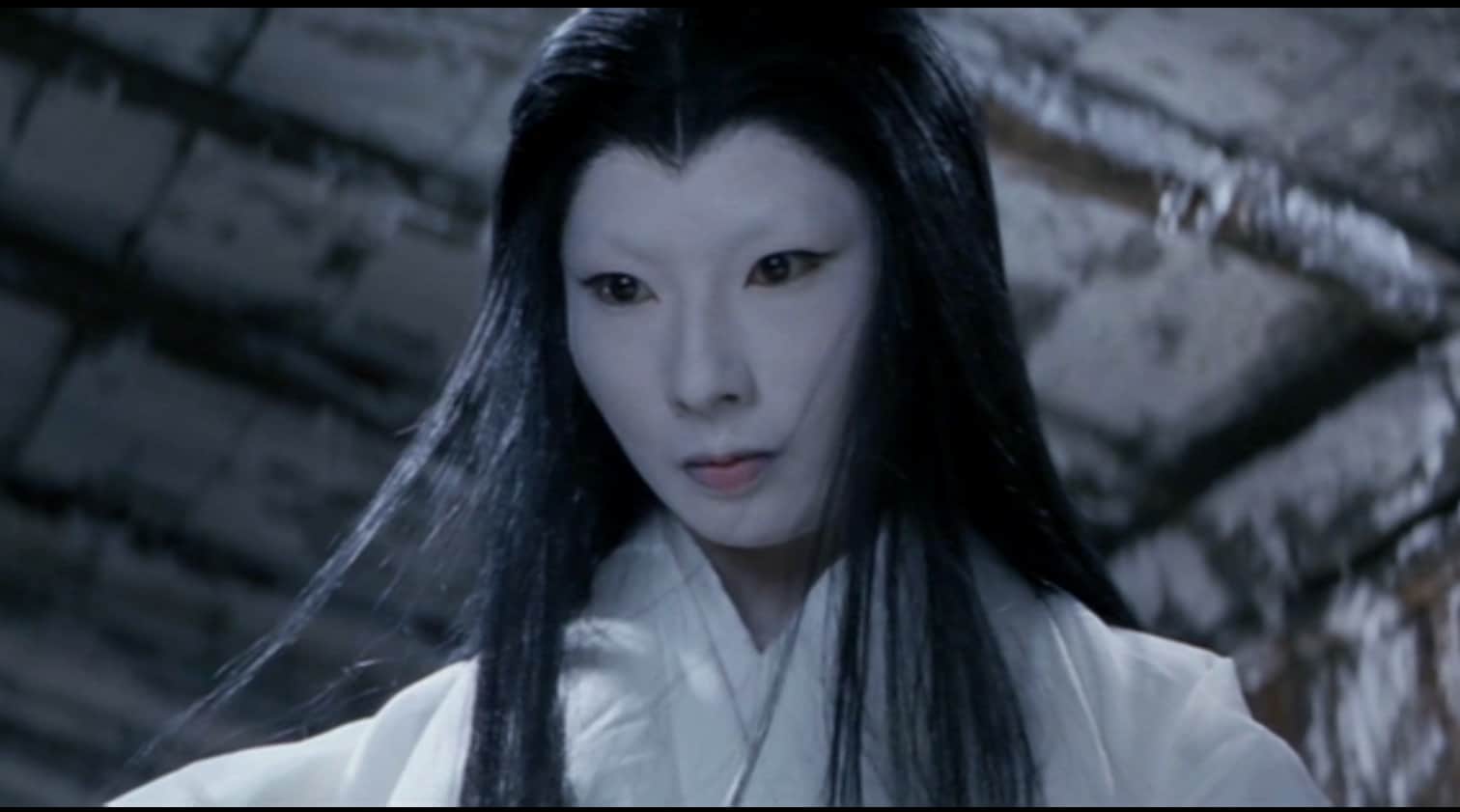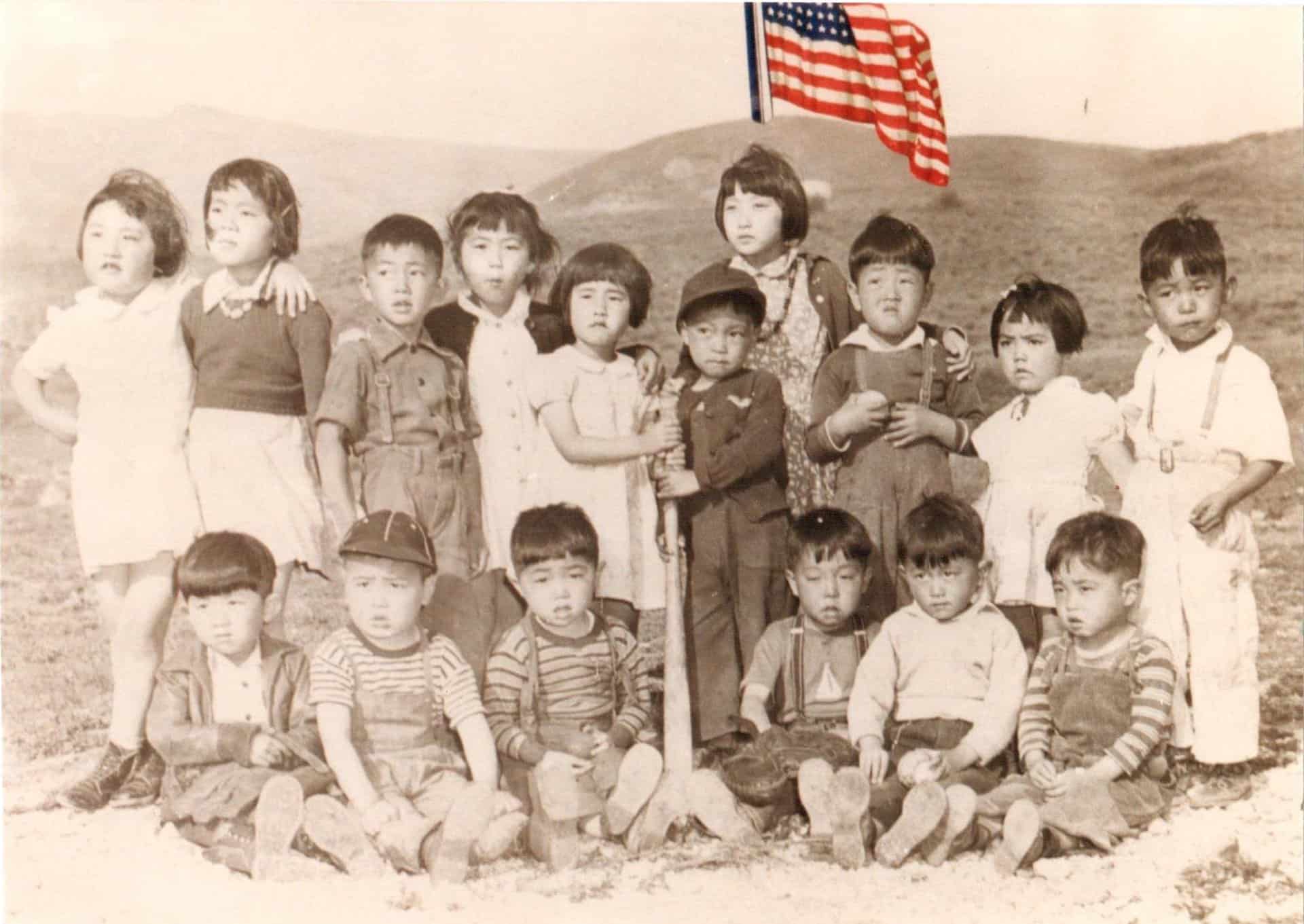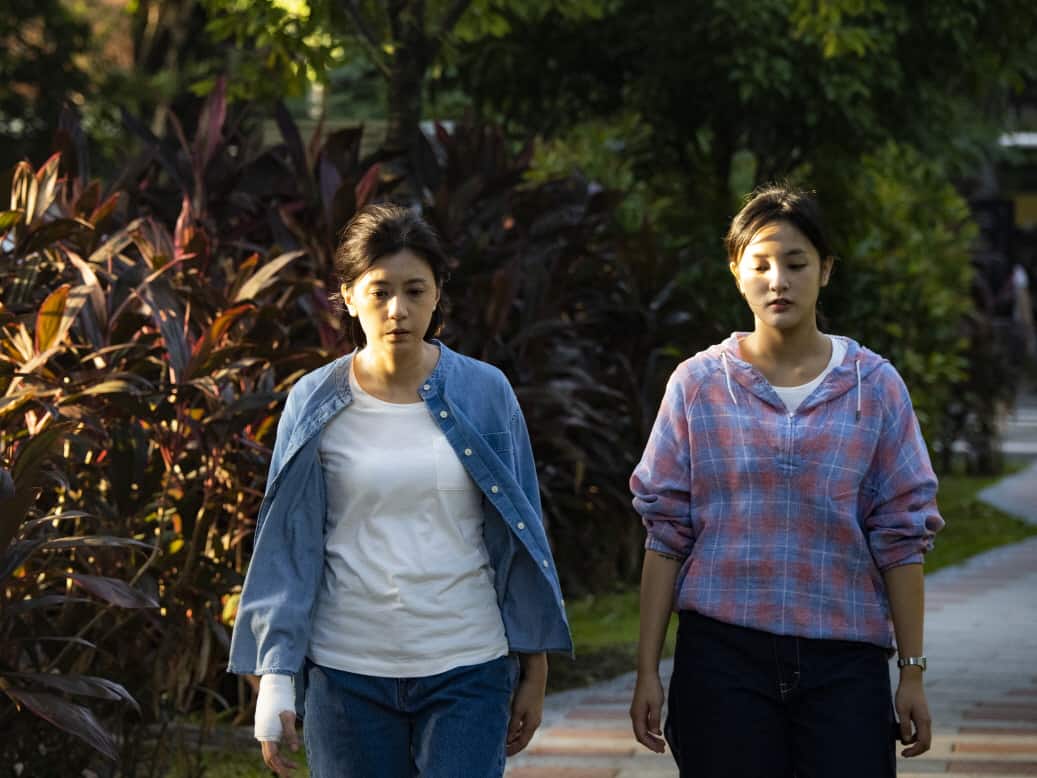The Golden Thread by documentarian Nishtha Jain opens up with a 16-minute long wordless and contemplative sequence. From the lovingly shot lush green of jute plants bending in the wind amid the chirp of birds and insects, to a farmer harvesting them and putting in sheaf, and a natural thread woven by old buzzing machines in dated factory interiors. It evokes a feeling of longing, nostalgia, and indefinite loss… But unfortunately, this doc, or rather a poetic impression, hardly offers anything more than just the sentimental gaze.
The Golden Thread is screening at Indian Film Festival of Los Angeles

The director, who came to international attention with her bold and sparklingly energetic female-empowering feature doc “Gulabi Gang”, takes us to the once prosperous world of old Bengali jute mills. Nowadays, their glory days are long over. The demand for jute has dropped over the years, courtesy of plastic domination, and the old-fashioned factories are closing. Their downfall inevitably means lower wages for the workers or the loss of occupation. The eldest recalls how profitable a source of income used to be and how matters have changed for the worse.
The movie somehow creates a false impression that the days of jute are completely over. However, India remains among the leading exporters (and producers) of the “golden” fiber (as jute is called). And Bengal remains the most important hub of cultivation and production. Also, we can discuss the possible renaissance of the material, which is praised for being sustainable, eco-friendly, and biodegradable. There are many challenges and concerns that the industry is facing at the moment (like the dependence on government purchases), but don't expect any briefing.
Check also this interview
The “Golden Thread” feeds our eyes with images from the factories, where time has stopped, and the production process seems to be not much different from its initial days. The fallible machinery is worn and old. The laborers' faces are empty and exhausted. Jain looks at their work with a kind of admiration, with long shots of factory interiors and machinery in constant movement. Everything is rumbling, rattling, spinning, wheeling, and there's a sense of mystery in it. She interviews several employees, learning about the good days of the past, the lack of perspectives, and the danger posed by factories with automated looms, reducing the needed labor force even by 50%. There's a huge dose of naivety in this disgust for inevitable modernization and fascination with bygone good times when the sole work of one's hands mattered.
The sad fact is that beneath this idyllic image of old machines and sincere people operating them lies the story of exploitation, neglecting workers' rights and safety measures (also as simple as providing laborers with work environment-safe uniforms). The dated production lines, the director seems so infatuated with, pose a threat to the safety of workers. Sun-lightened dust and jute bits blowing in the air is a dreamscape in the eyes of the camera. But in reality, it is the cause of serious lung diseases. We are not informed about any statistics connected with work-related accidents. The Analytical study on causes of industrial health hazards in jute industry and possible management there in for improvement of industrial safety provides concerning data.
Also if you expect to address the incidents like the 2014 lynching of a jute mill CEO by his workers you'd be hugely disappointed.
The film meanders between various subjects, not allowing any of them to be deepened. It lacks proper research. It lacks protagonists, who appear for a longer screen time than just a brief conversation. It jumps from a glimpse into factory life to youths celebrating the birthday of one of them and discussing their future, possibly outside the industry. There are hints of class divides and social inequalities. But it is tough to find any specific direction for this doc. The conclusion that the rise of plastic and falling demand for jute hurts the livelihood of many is not rocket science. The turbulences but also the necessity of modernization is not a new subject. If you search for answers or interesting discussion points about possible system solutions for the jute crisis – you won't find it in the “Golden Thread”. The movie is just a picturesque set of images from inside the old factories in desperate need of change.















